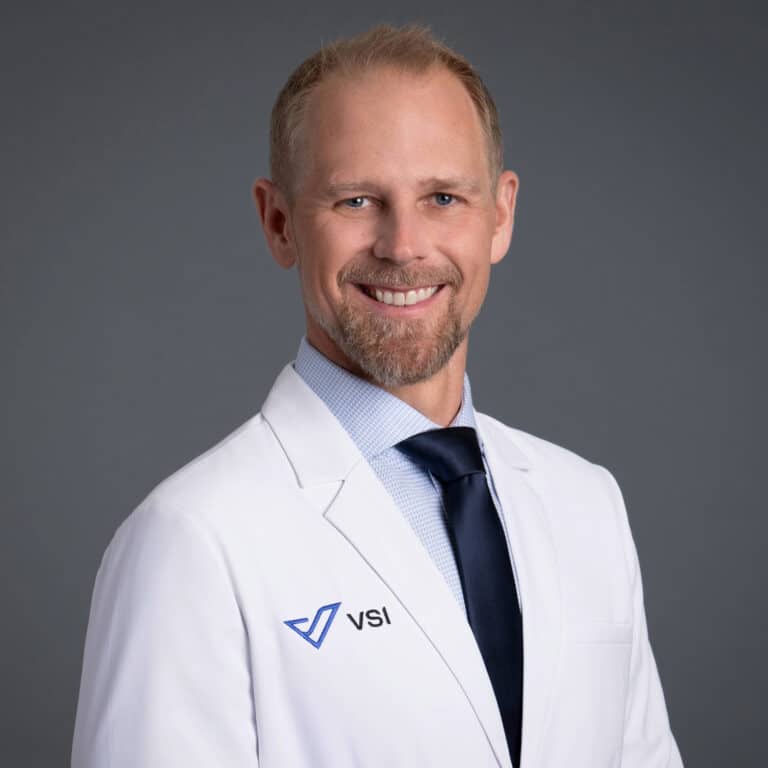
Ask The Expert: Which Spinal Surgery Could Be Best For Me?
For the few people who have a spinal problem that require surgery it can be very difficult to make the decision about which surgical option is right for them. There’s always a balance between wanting to find the smallest procedure with the least pain and the fastest return to a normal life, and making sure you have the procedure that’s actually doing enough to fix your problems. For patients who have a relatively straight forward spine issue – a microsurgery or a minimally invasive technique usually is the right option. For these patients most can expect to get back to a normal life very quickly. Unfortunately, there are some spinal problems that are more complex and these surgical techniques are not effective.
The most common mistake I see patients and doctors making is trying to use a little surgery to fix a big problem. The desire to do something small and quick can actually lead people to make the wrong choice and to jeopardize their recovery. It can make it even more difficult to get the problem fixed during the second surgery. For people whose spines have instability, or scoliosis, or spinal curvatures, you have to match the surgery you’re doing to the problem the patient has. It can be hard to come to grips with the fact that you need a bigger surgery, or a slower recovery is needed, but for some patients that is the path that will work the best for them. With spine surgery, it’s critical to get it right the first time.
Topics covered
About the Author
Featured Resources
Insights to Achieve a Pain-Free Life



